|
Can you can see that I've been 'up the ladder' pruning my Wisteria 'Snowshowers'? 'Should you be up there at your age? careful people say 'You mean I'm too young?' I reply. 'You'll fall off that ladder!' says another voice of doom. To the doom merchants I say, 'What is life without a bit of risk and excitement occasionally!' But the truth is if you want drama in a small garden, the only way to go is up! Climbers over pergolas add plant life to your garden when there is not much space at ground level. However, I do sometimes wistfully think - If only I had been born tall - 6 feet instead of 4ft 11 - my life up the ladder would be so much more comfortable. In fact I wouldn't need to spend nearly so much of my life up a ladder! You can tell I've been pruning the Wisteria, because only the knobbly bits remain, and the muddle of long twining runners have been clipped away. Hanging on for dear life, I reach up from the top rung of the ladder on tippy toes to reach those long trails which find their way under the eaves, into the spouting or anywhere and everywhere. By the time I have finished, all that is left are short truncated knobbles! But it doesn't end there. Every day from the end of August I watch those little knobbles begin to grow and develop. The buds swell and begin to change colour from little brownish grey things to long green trusses until one day 6 weeks or so later, out pop a few small white pea-like flowers from the top of each truss. And still they keep growing longer and fuller until ............. THE TRANSFORMATION I am surrounded by scent and bloom as I step out of my kitchen or living room into the courtyard. The soft panicles of flower brush against my face gently and the beauty and perfume is so transforming that I know that it was all so worthwhile hanging off the ladder in chilly August. From the time the first green buds appear until the last panicle of flower has completely dropped to be replaced by foliage, would be at least 2 months. Meanwhile back in August ..... Before I tackled the Wisteria, I pruned the roses too, adding to that pared back but colourless look of late winter. Neat and tidy - yes - but uninspiring! Never fear -spring is just around the corner, as we wait with baited breath for it to burst out! Today the sun is shining and spring is here, but there are still some late winter treats to enjoy - like Hellebores, early blossom and the special carmine coloured Witchhazel - Hamamelis 'Dianne'
5 Comments
Lucky as we are, to have Hagley Park for winter walks we are even luckier to have the Port Hills. And our english forefathers didn't even have to 'arrange' these for us as in Hagley Park, because they were already there! The result of volcanic activity millions of years ago, which violently flung up molten rock from the sea-bed, forming the Port Hills and Banks Peninsula as we know it today. 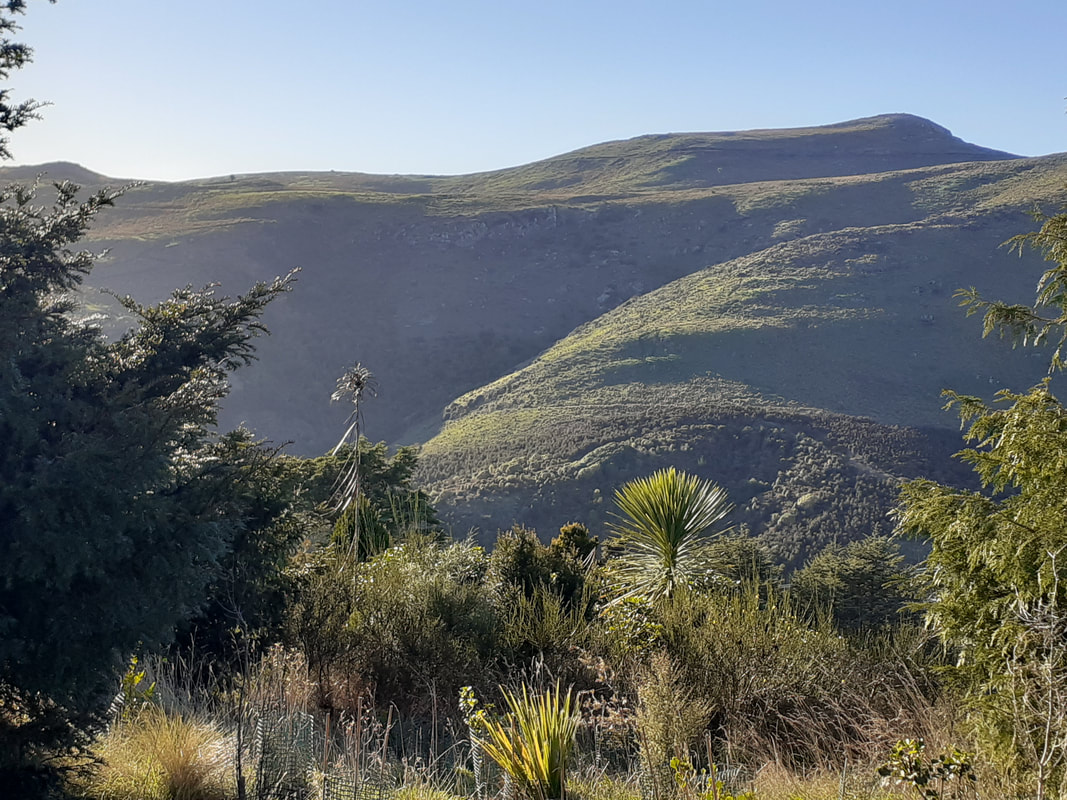 The hills which we find so convenient for our Saturday morning stroll were formed from the lava flows of the of the thankfully, extinct volcano which forms Lyttelton Harbour. And the Port Hills are a circular arc at the north west edge of the crater where Banks Peninsula meets the Canterbury Plains. The hills which we find so convenient for our Saturday morning stroll were formed from the lava flows of the of the thankfully, extinct volcano which forms Lyttelton Harbour. And the Port Hills are a circular arc at the north west edge of the crater where Banks Peninsula meets the Canterbury Plains. When volcanic activity finally cooled, it left a rather odd hilly circular landform jutting out from the plains into the Pacific ocean, and was formed from 2 separate volcanic episodes which left two huge craters allowing the sea to rush in - Akaroa and Lyttelton Harbours! The hills which were formed from the lava flows of the of the thankfully, extinct volcano creating Lyttelton Harbour, became known as the Port Hills. Forming a circular arc at the inland edge of the crater where Banks Peninsula meets the Canterbury Plains, these are the hills which we find so convenient for our Saturday morning stroll. It's not that much of a stroll any more actually! The Saturday morning 'stroll' up the hill was much easier a few years ago. But we are all growing older, so I would call it a climb rather than a stroll as most of us puff and pant our way up through these paths to reach the top. These days we have to cope with the odd ailment or 2 which might slow us down - a hip, a knee, lungs, heart - whatever. But of course we don't let these things stop us. 'It's good for us' we tell each other 'keeps us young and agile'. So on we go! Whether it's rocky paths or wintry muddy tracks, it's all up. We plough upwards as younger more agile walkers streak past us, calling out a cheery hello as they power on up, beyond us and out of sight. But we don't mind - we just keep on keeping on at our own pace! The vegetation always intrigues me. We walk through introduced coniferous forest where you could imagine you are somewhere in North America and then suddenly you are into New Zealand secondary growth native bush where you feel quite at home. There may still be pockets of original native bush in the nooks and crannys of valleys in these hills, but the areas we go through are second growth natives as more of these hills are regenerating and in some areas being replanted with natives. Most of this deliberate planting has been done by volunteers, eager to recapture the original hills, as they may have been before we Europeans cleared such a lot of the natural vegetation in order to develop farmland. While most of us enjoy the authenticity of native planting, exotics are also valuable in helping to stop erosion, and keeping the Port Hills intact. |
Details
Archives
July 2023
Categories |

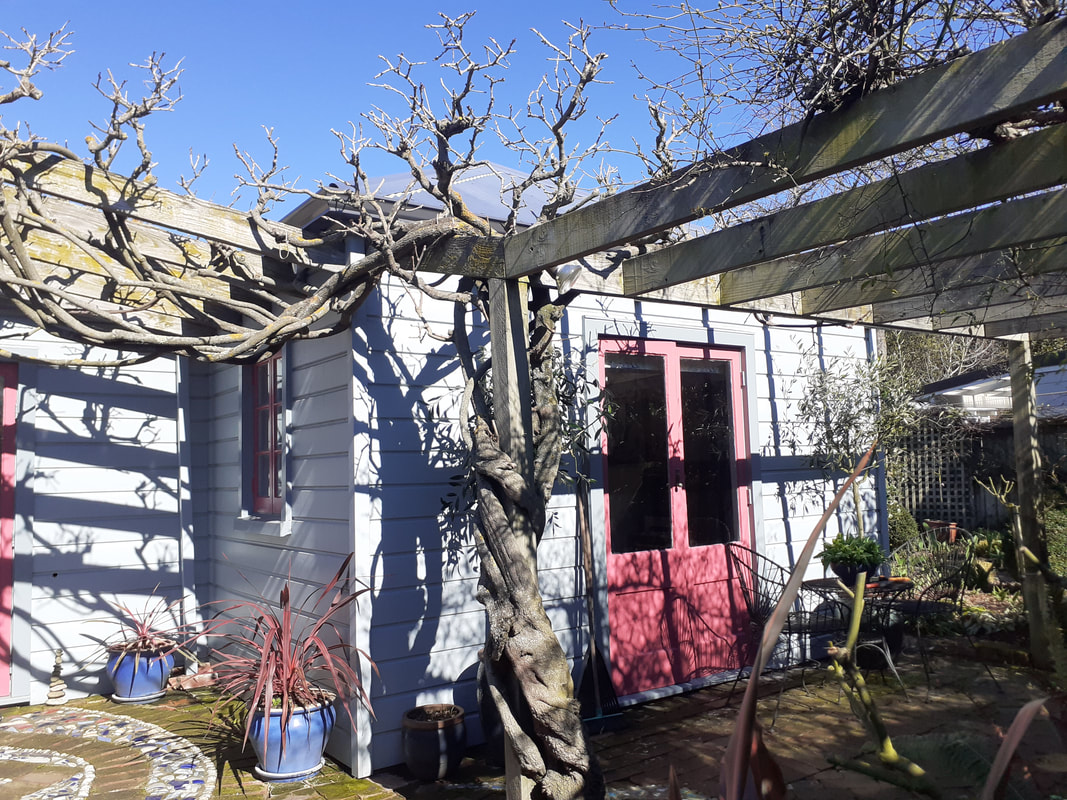
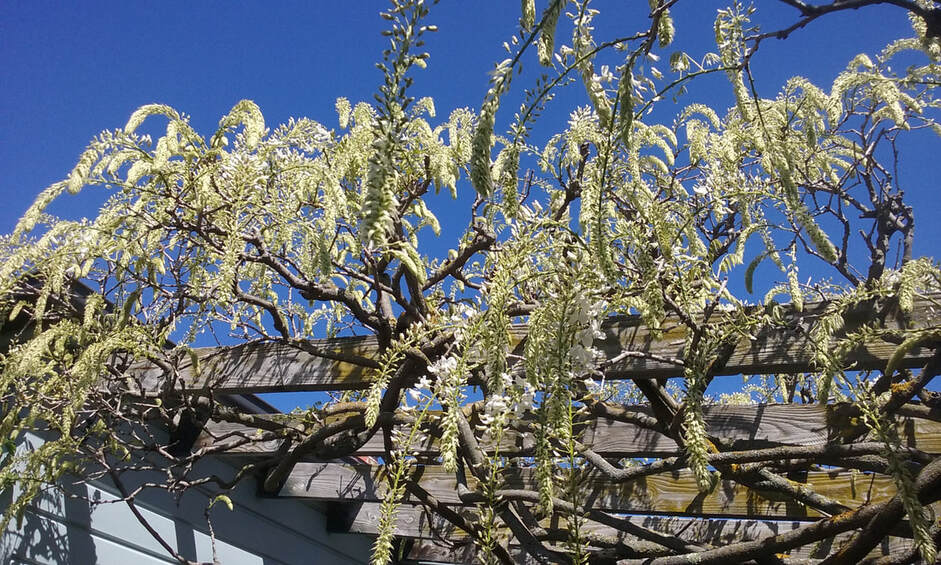
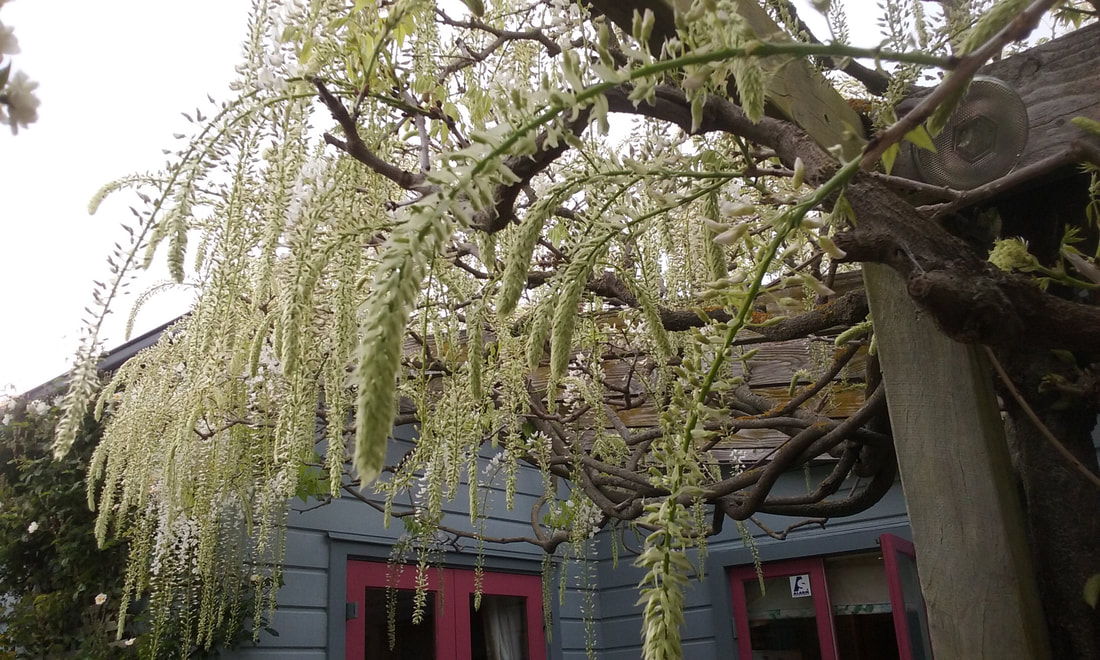
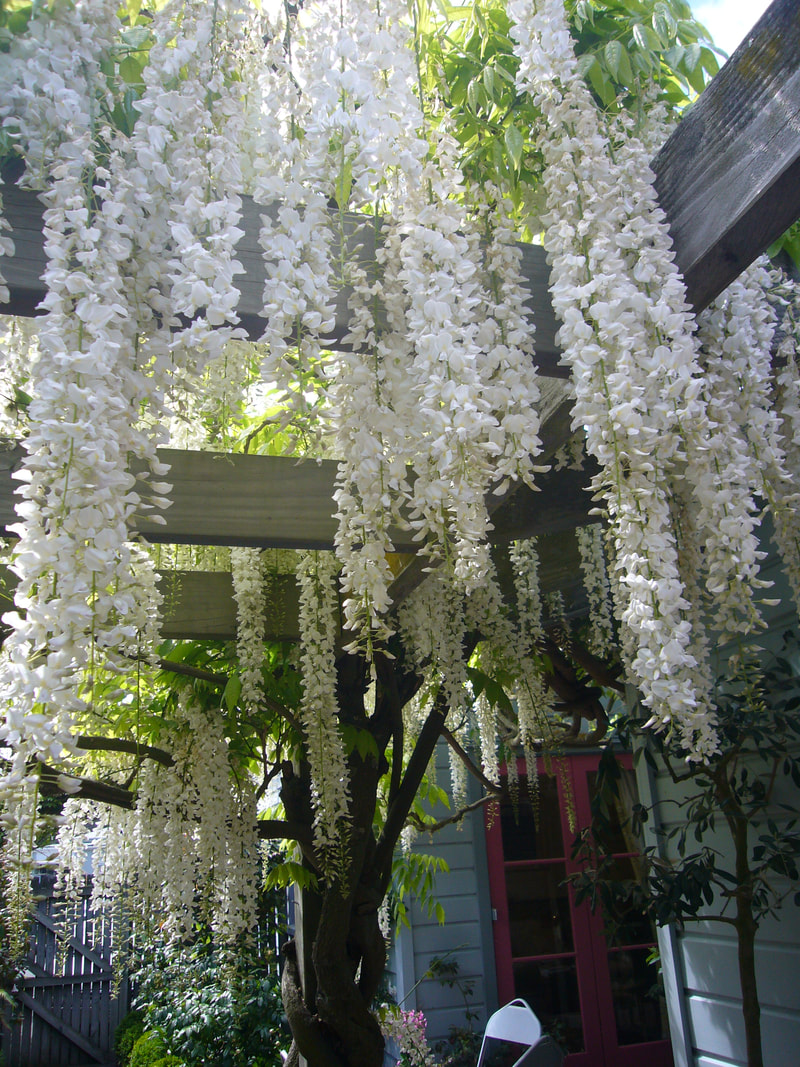
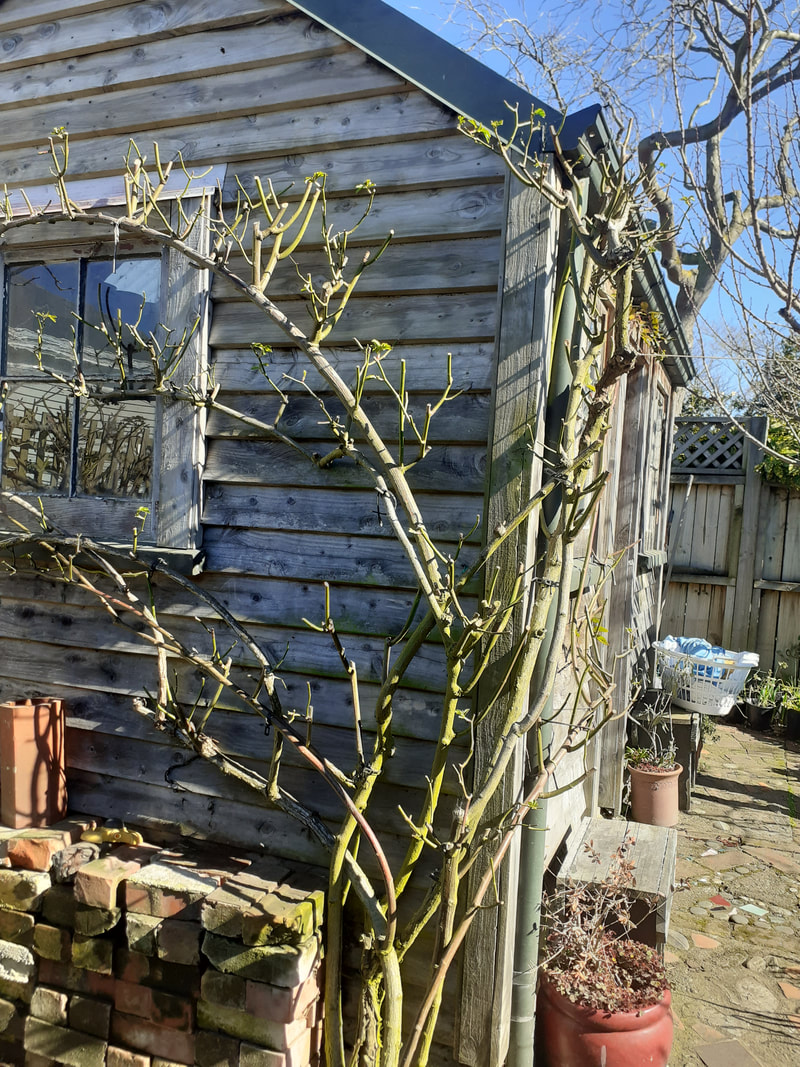
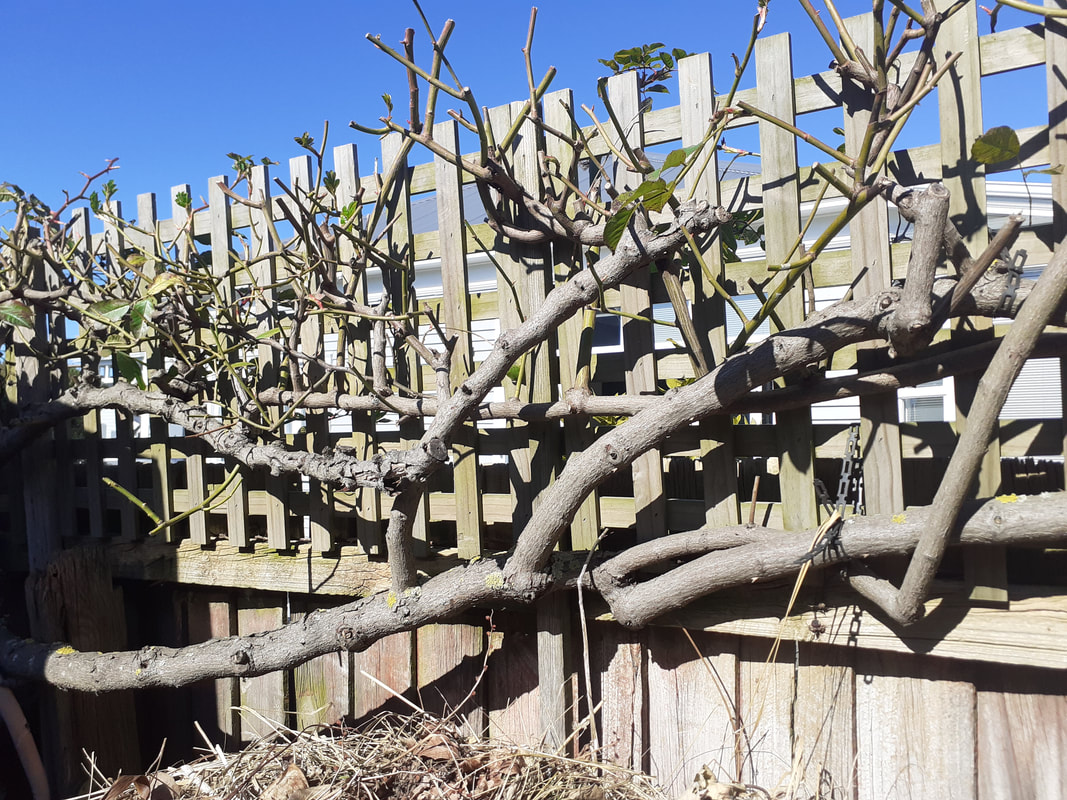
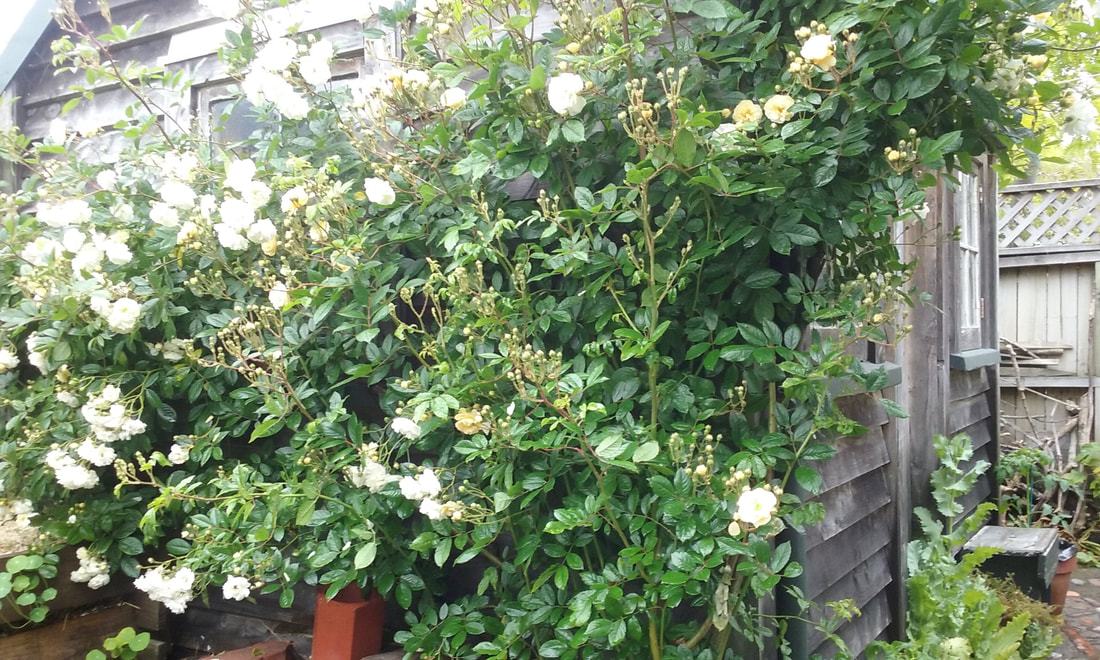
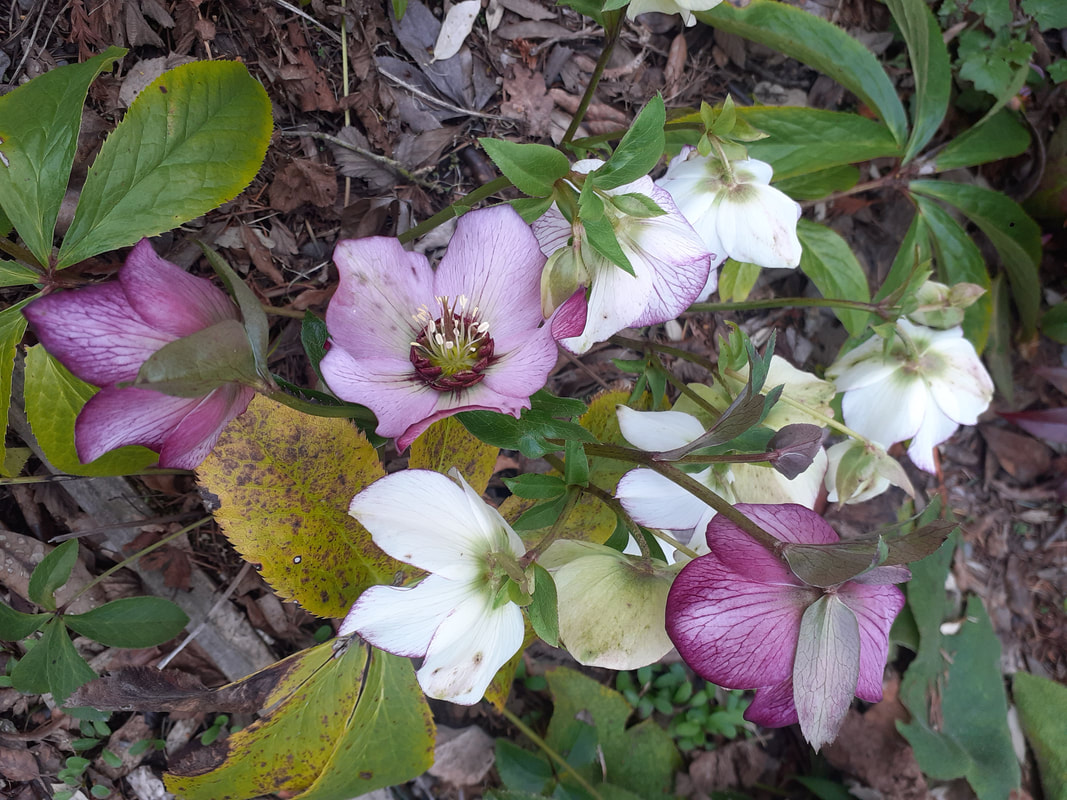
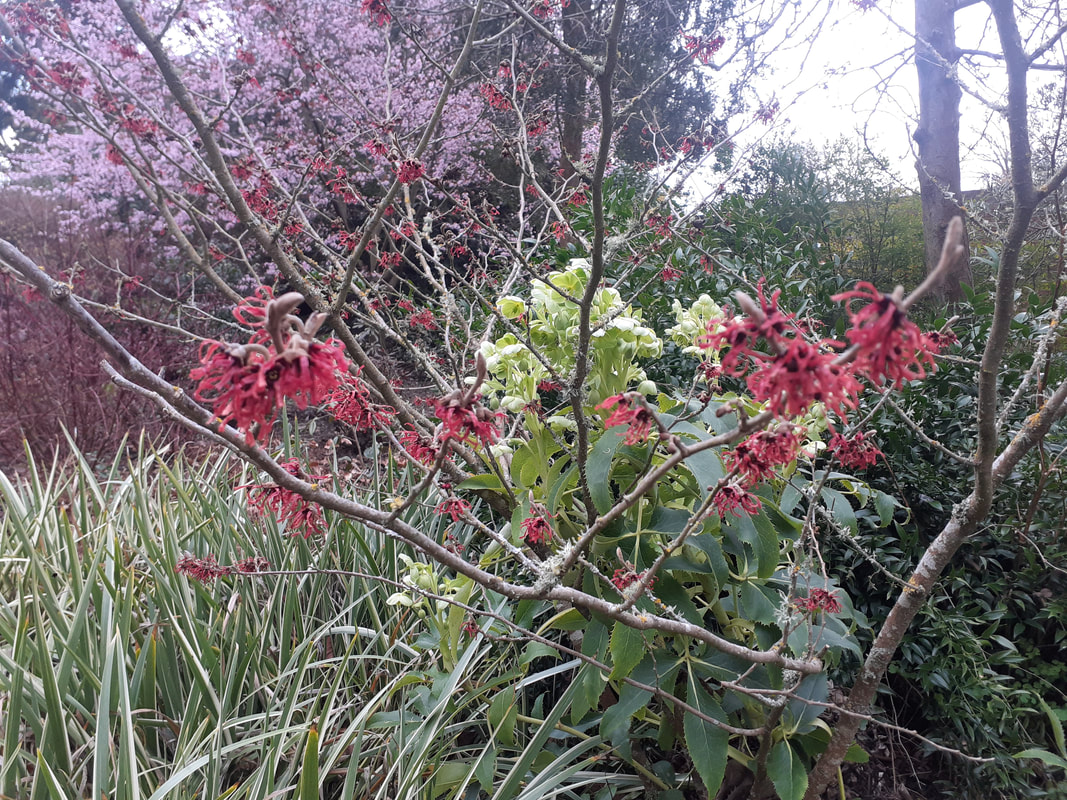

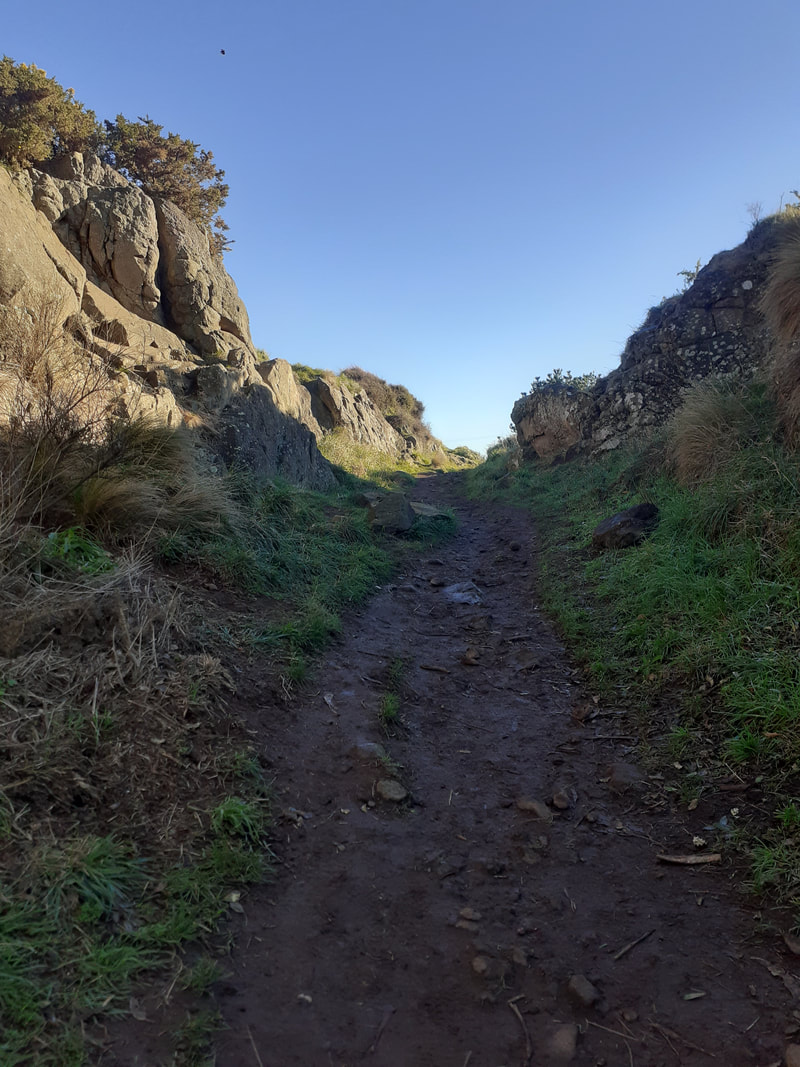
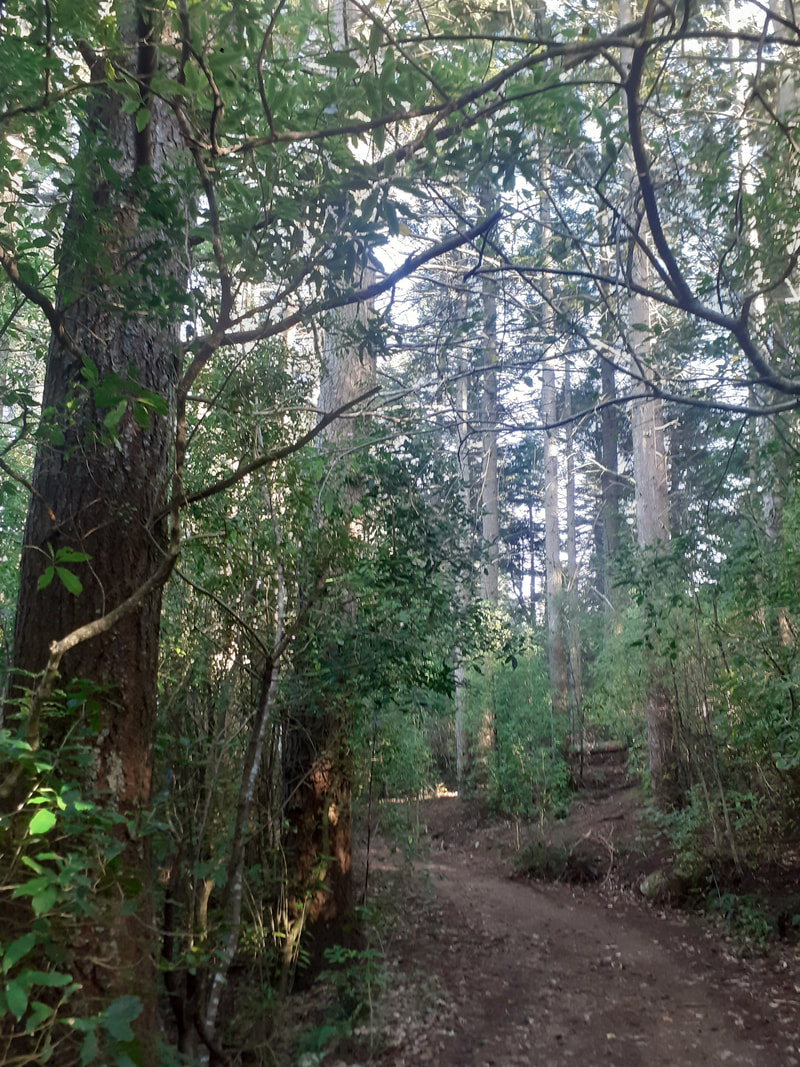
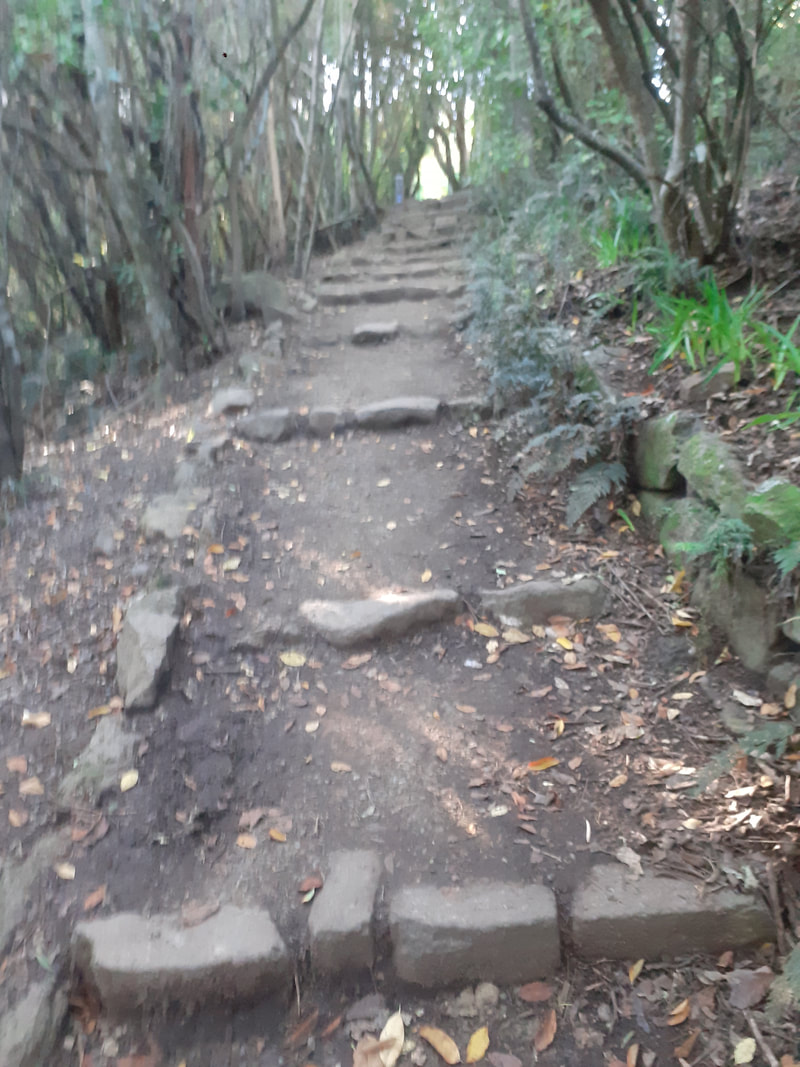
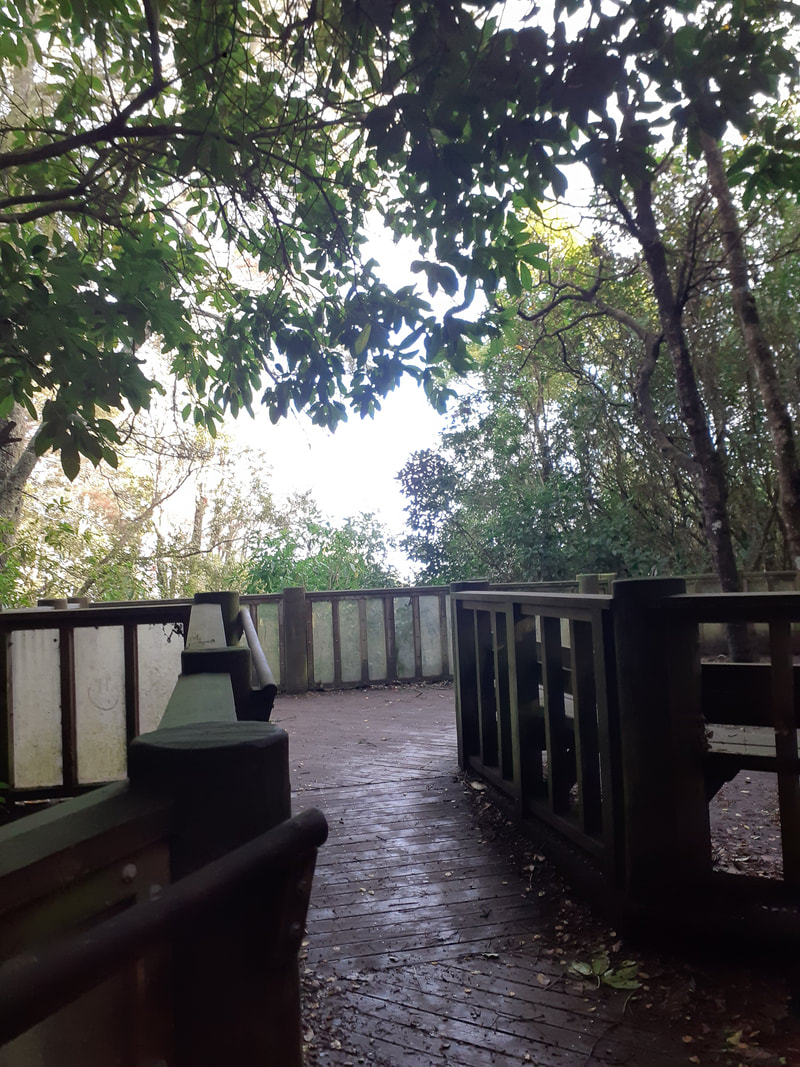

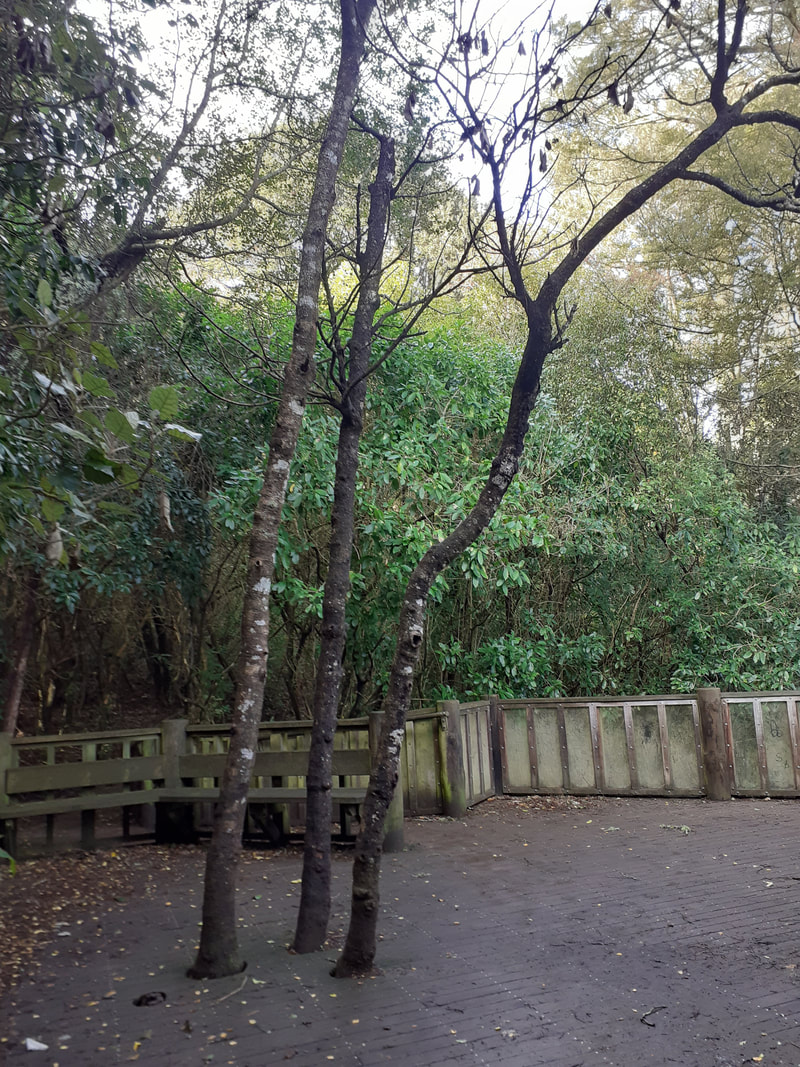
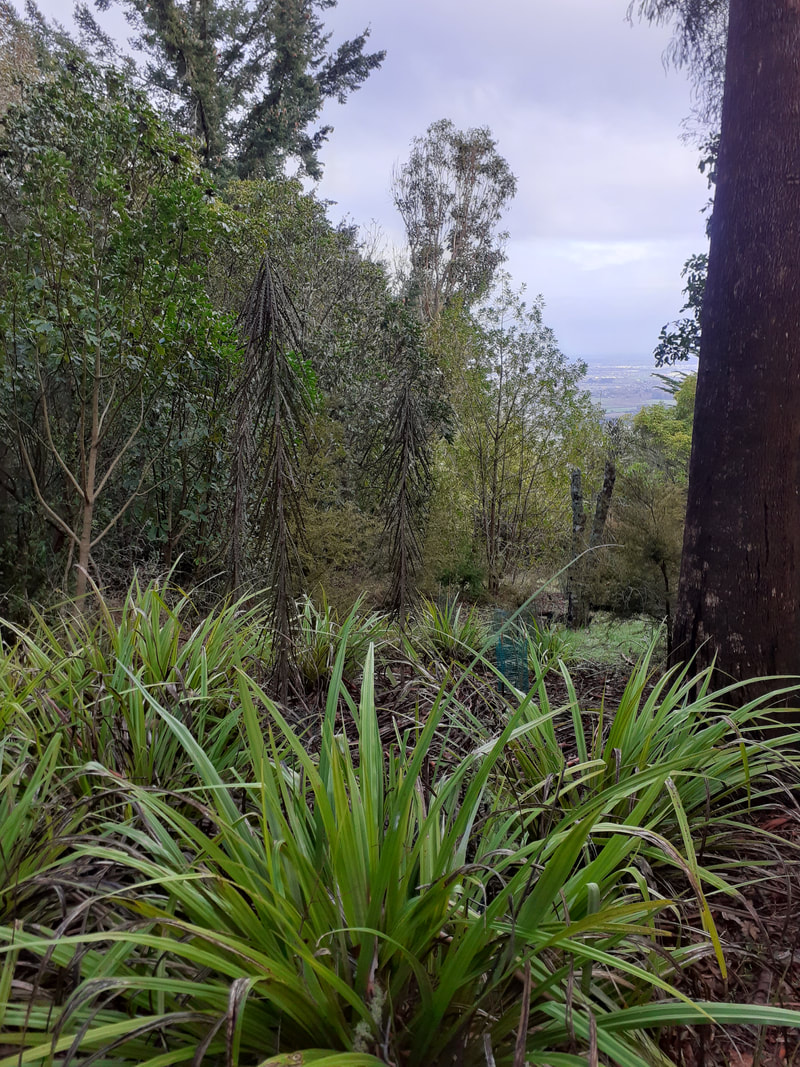
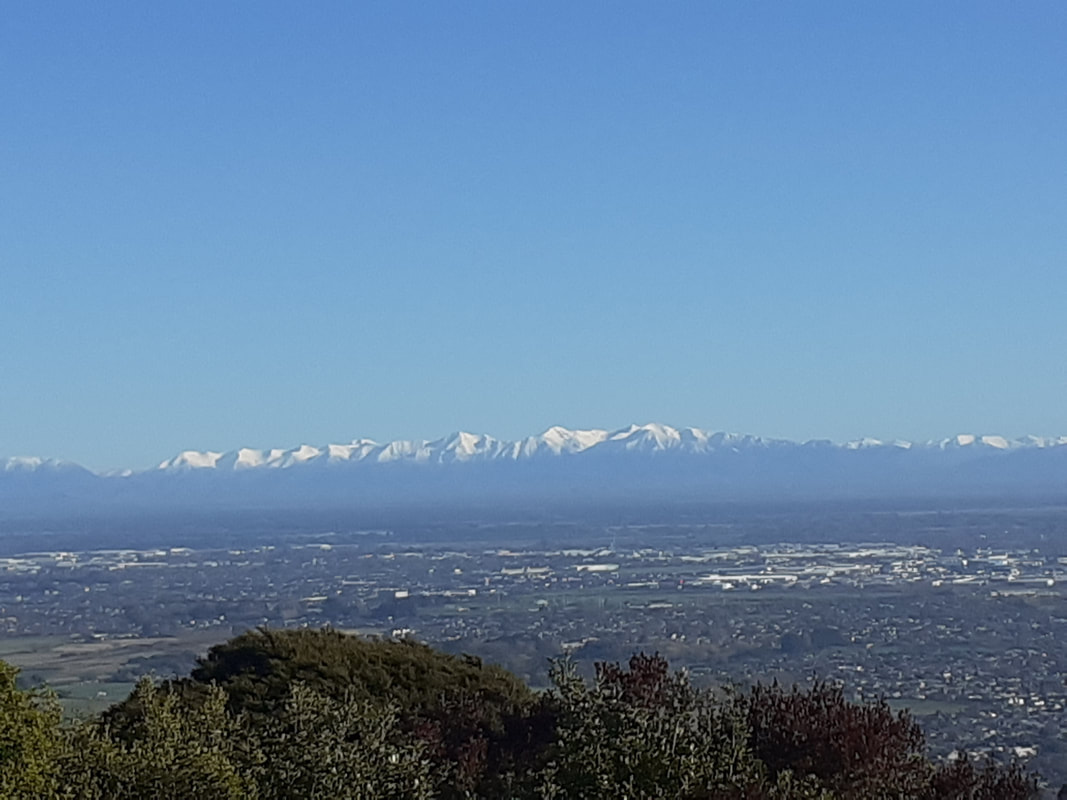
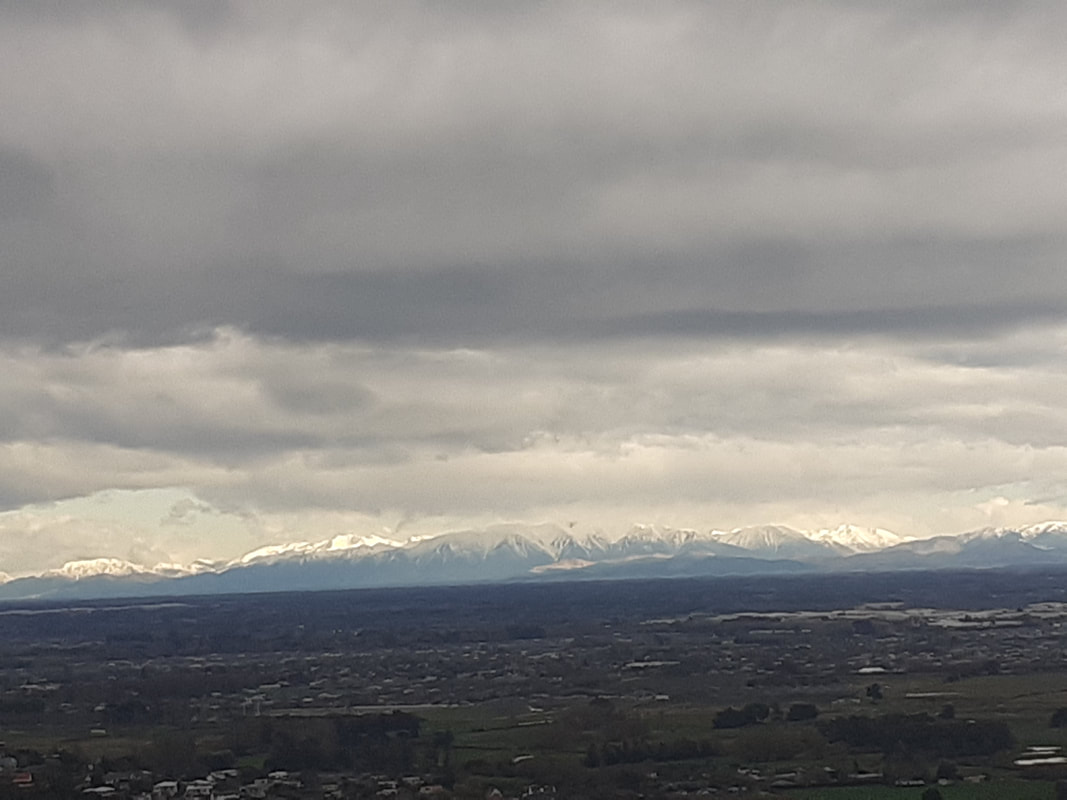
 RSS Feed
RSS Feed
